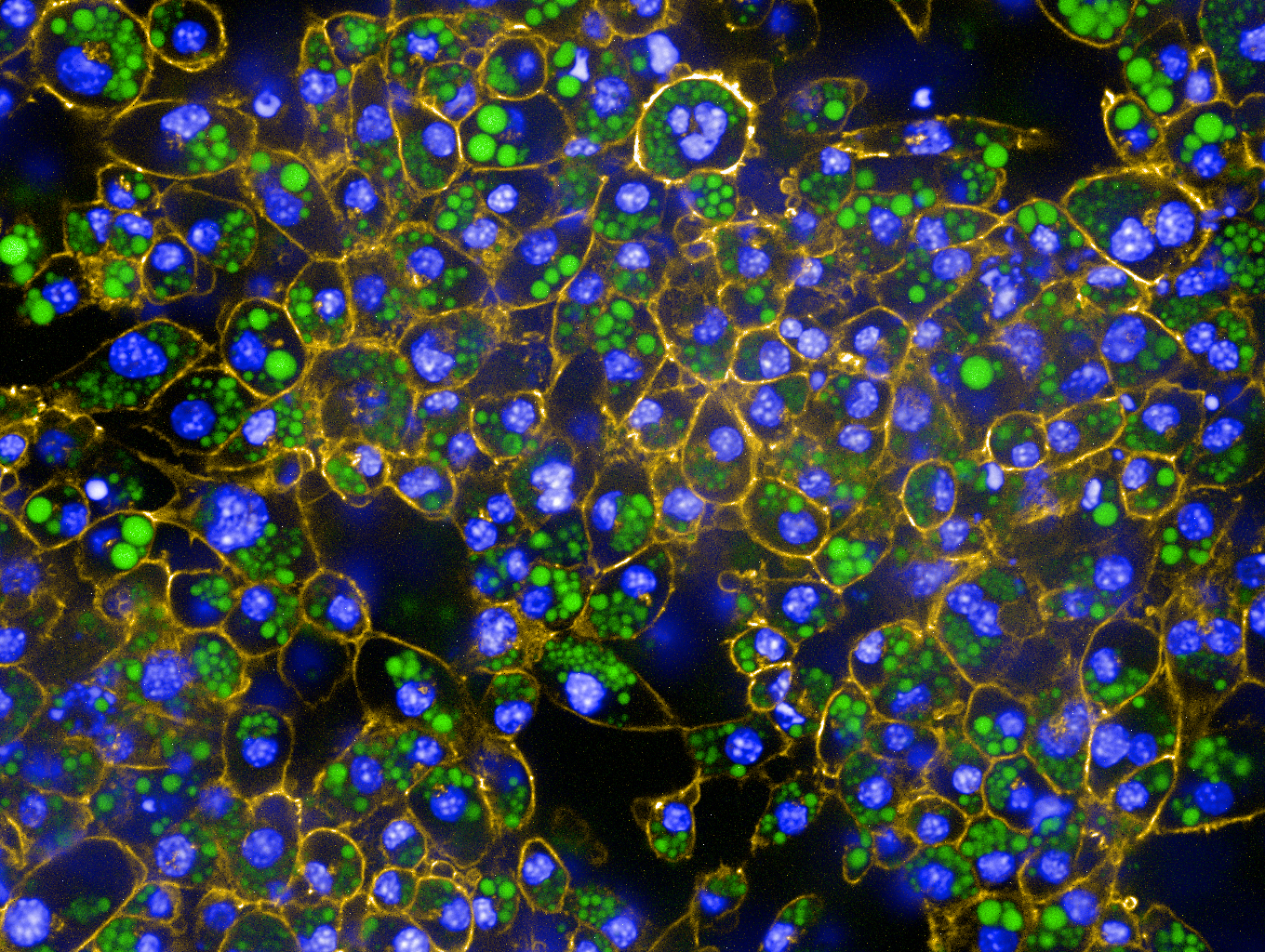Adipocyte heterogeneity in development and disease
Siegfried Ussar
JRG Adipocytes and Metabolism, Institute for Diabetes and Obesity, Helmholtz Diabetes Center at Helmholtz Zentrum München, 85748 Munich, Germany; German Center for Diabetes Research (DZD), 85764 München-Neuherberg, Germany
Adipose tissue serves a multitude of important metabolic functions. White adipose tissue stores excess energy in the form of triglycerides but also serves as an important endocrine organ regulating behavior such as food intake but also insulin secretion and other central metabolic pathways. However, not all white adipose tissues are the same, as accumulation of subcutaneous white adipose tissue is not associated with – or in some instances has been shown to be even protective against – the development of insulin resistance and the metabolic syndrome. Conversely, accumulation of visceral fat is associated with the development of local and systemic insulin resistance initiating the metabolic syndrome. Furthermore, brown adipose tissue in contrast to white adipose tissue dissipates energy in the form of heat through mitochondrial uncoupling. Thus, on one side, increasing brown fat mass and activity is a potential therapeutic approach to combat obesity whereas maintaining white adipose tissue functionality could promote a healthy obese phenotype, preventing the progression from obesity towards the metabolic syndrome.
While these different fat depots per se already create great complexity in understanding the contribution of adipose tissue to whole body metabolism, recent data describe cellular heterogeneity within these individual fat depots. These differences in adipocyte morphology and function appear to be associated with different pools of precursor cells giving rise to different populations of adipocytes with largely unknown function.
Here, I will discuss the developmental origins of adipose tissues and their cell types and review data on the contribution of individual adipocyte populations to the regulation of whole body metabolism.









You must be logged in to post a comment.